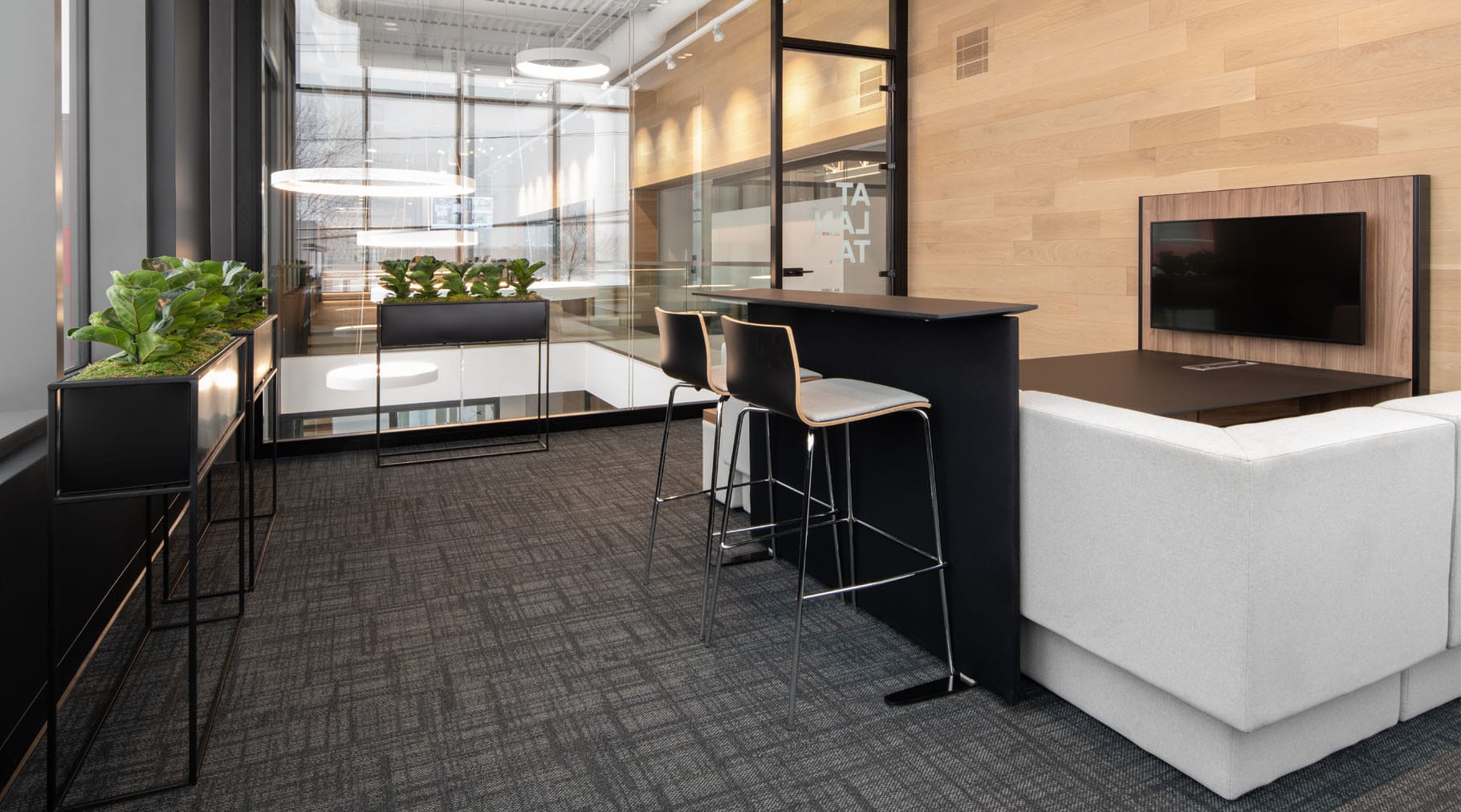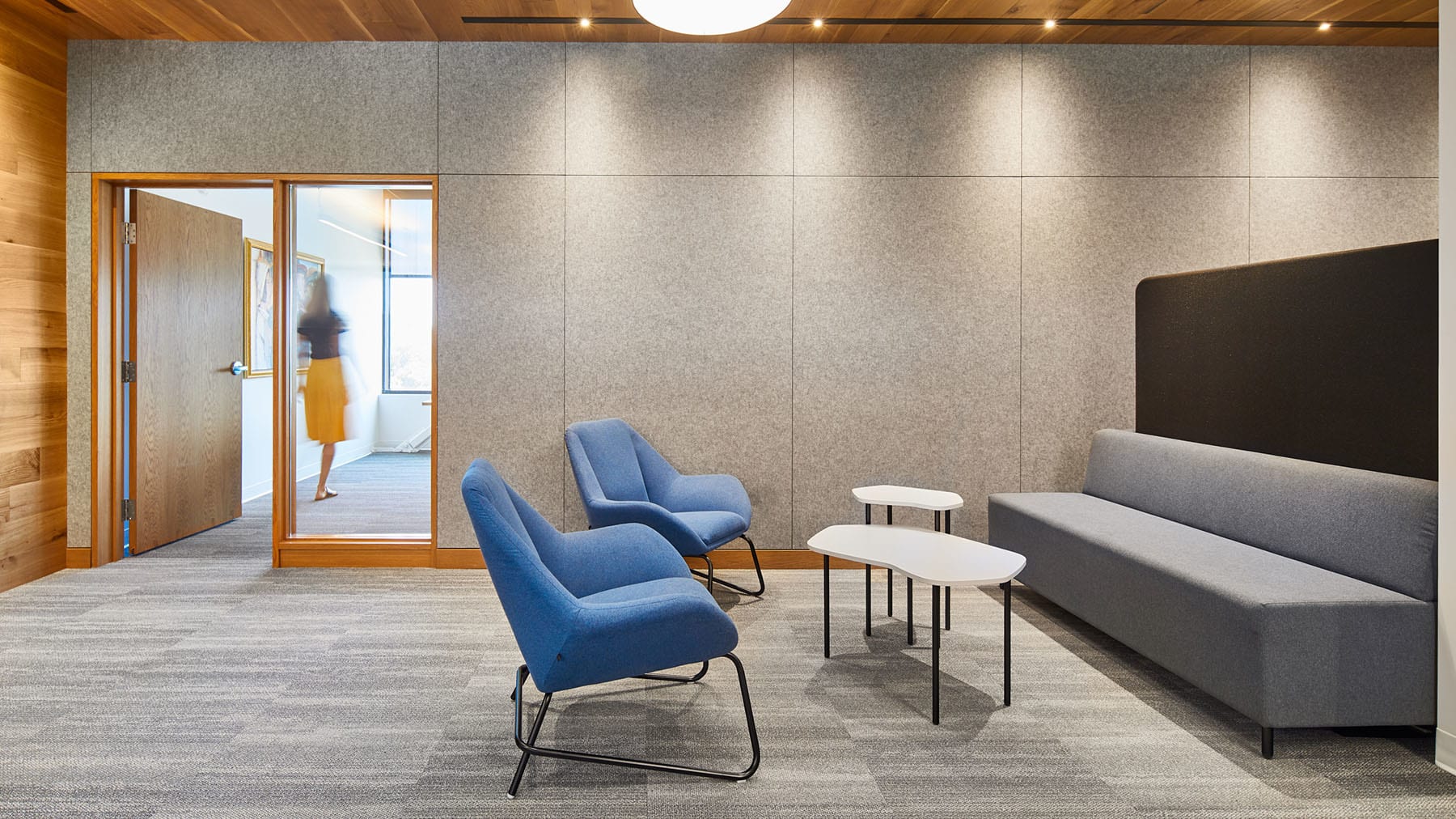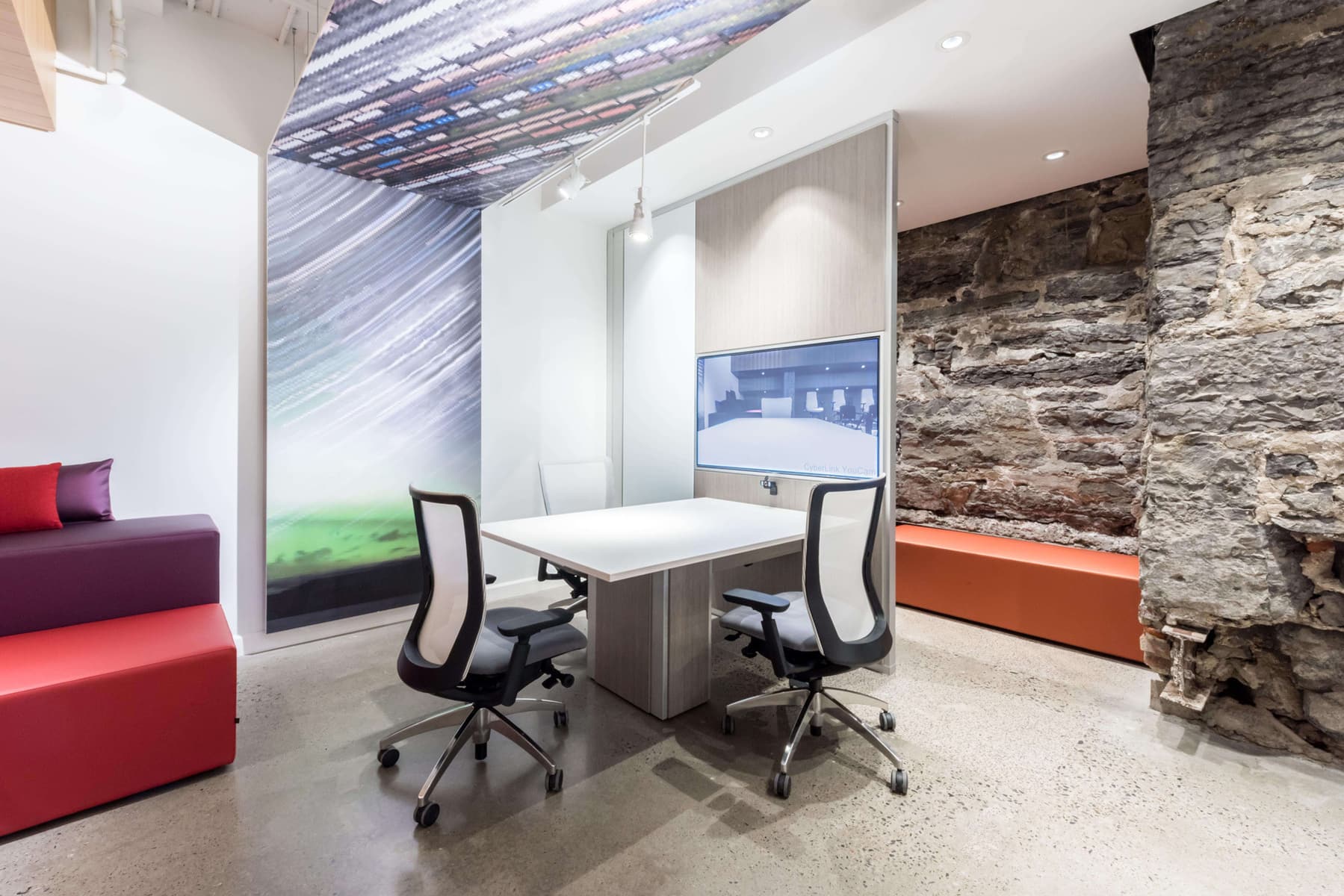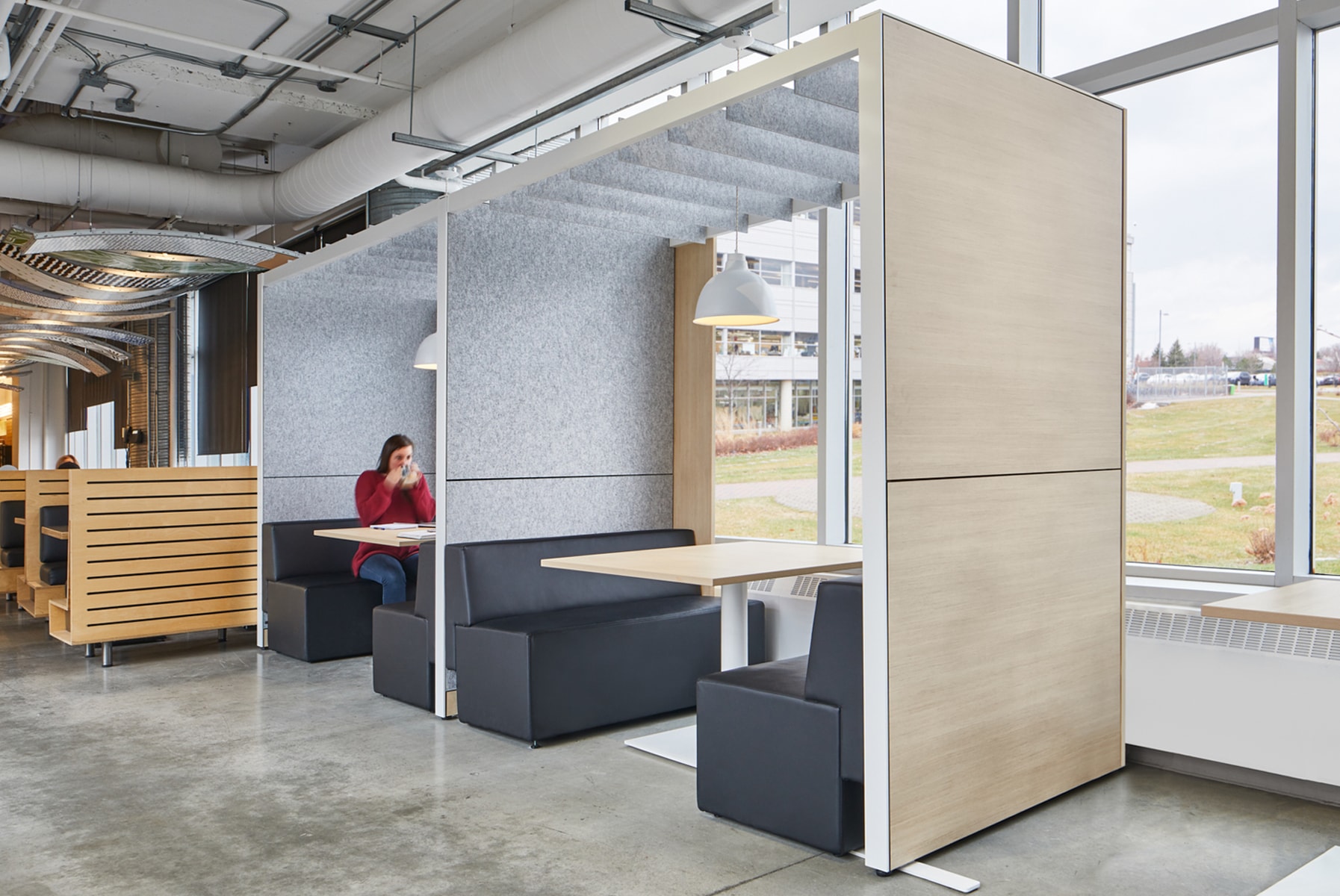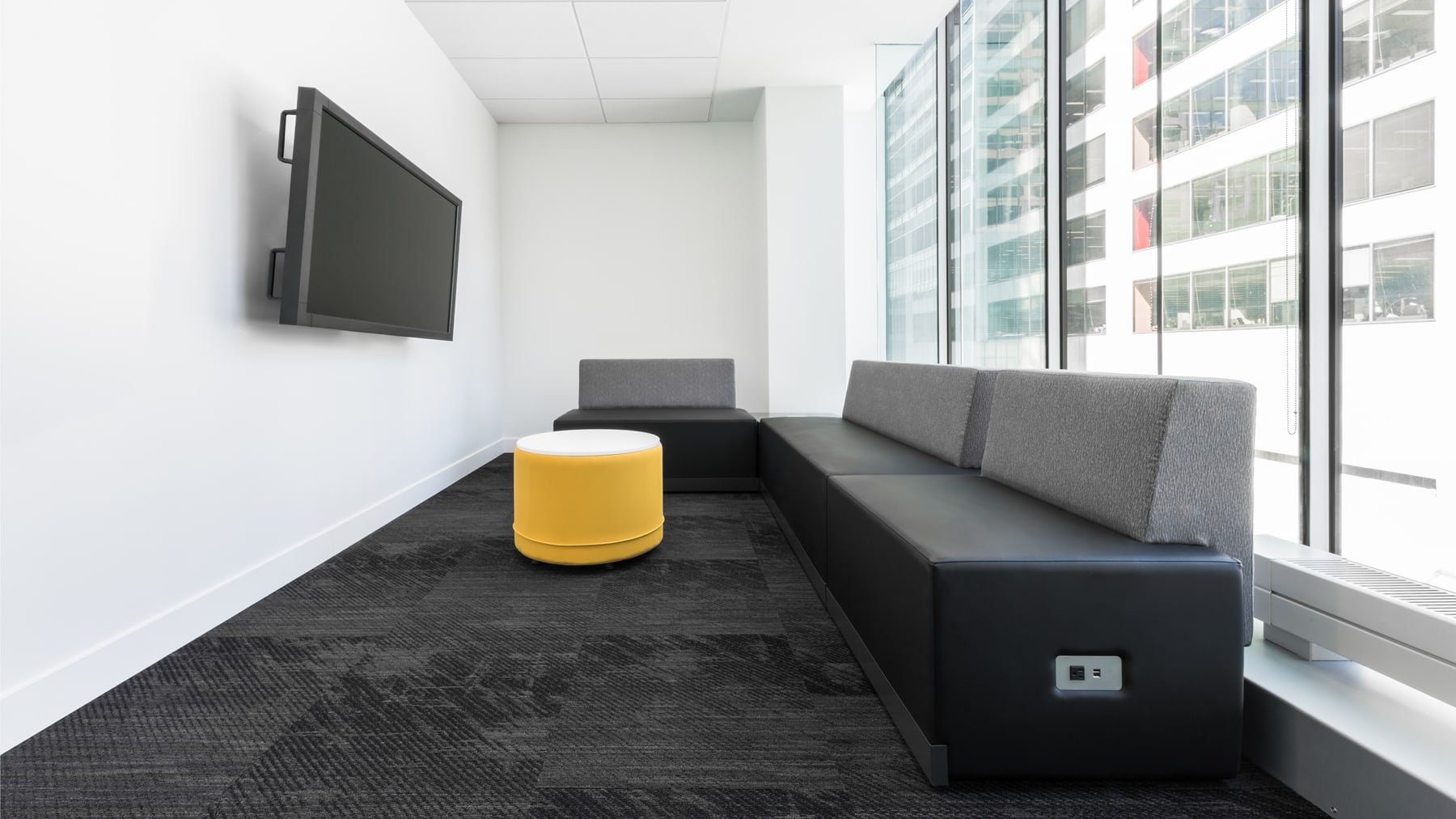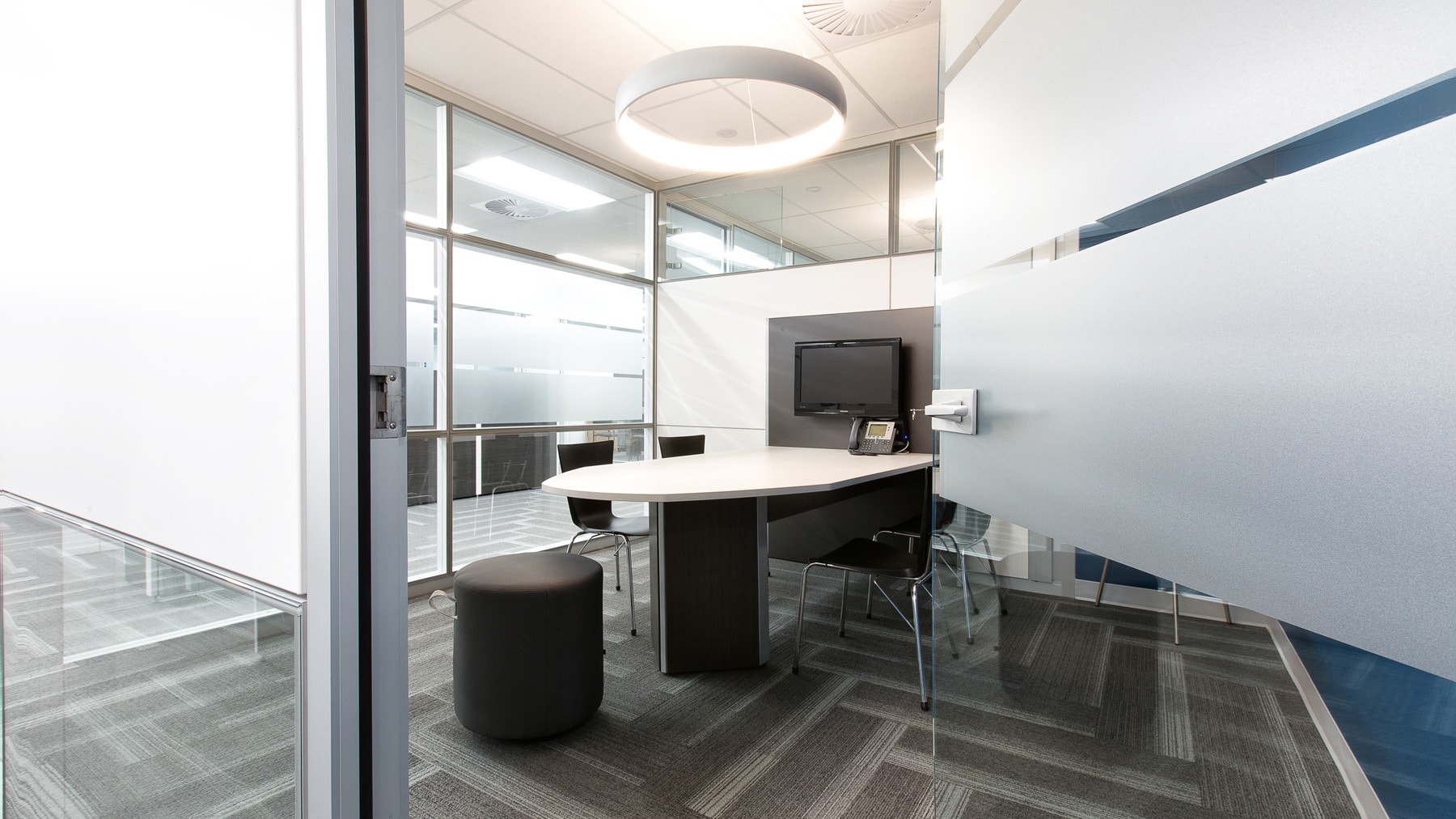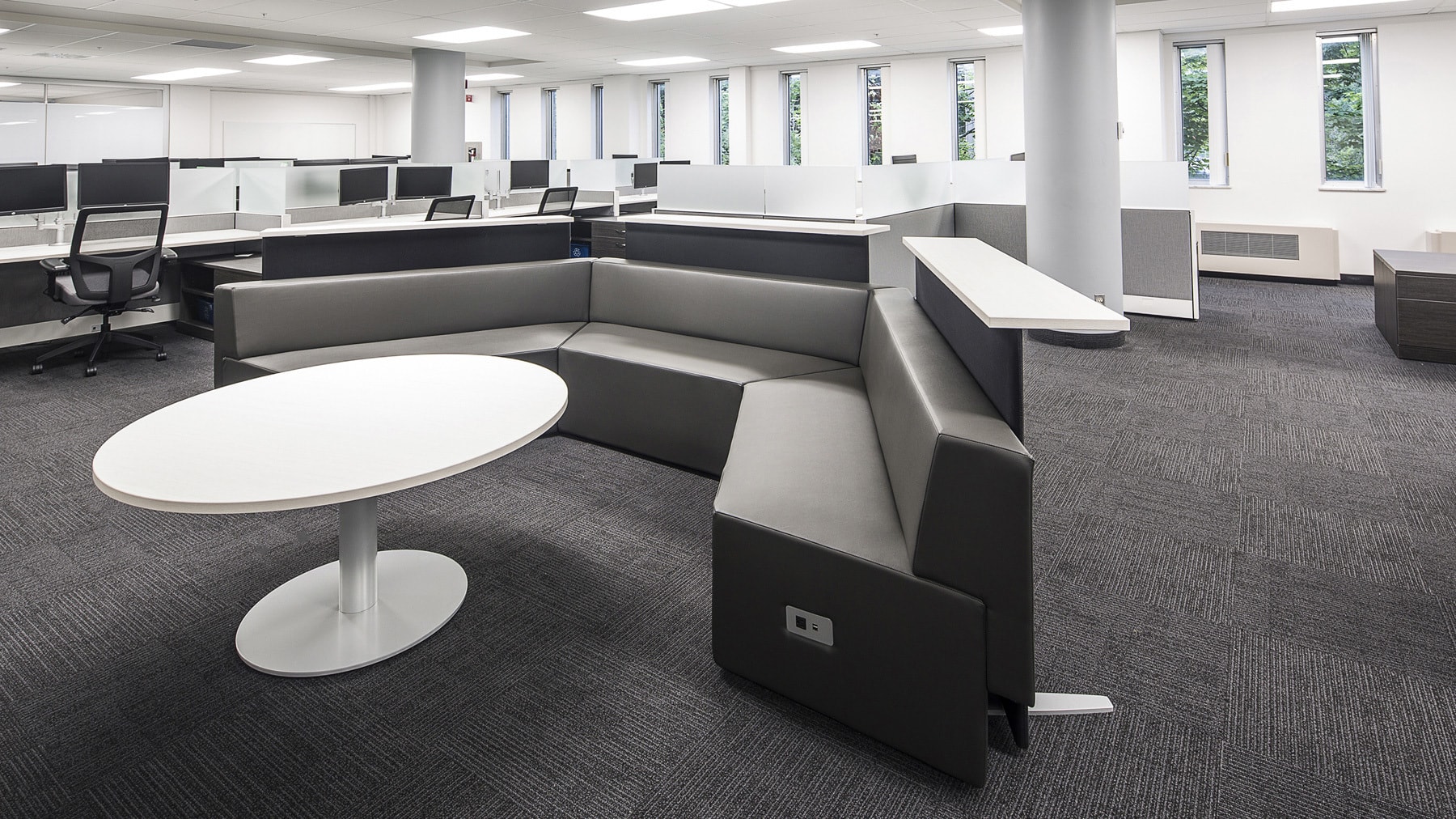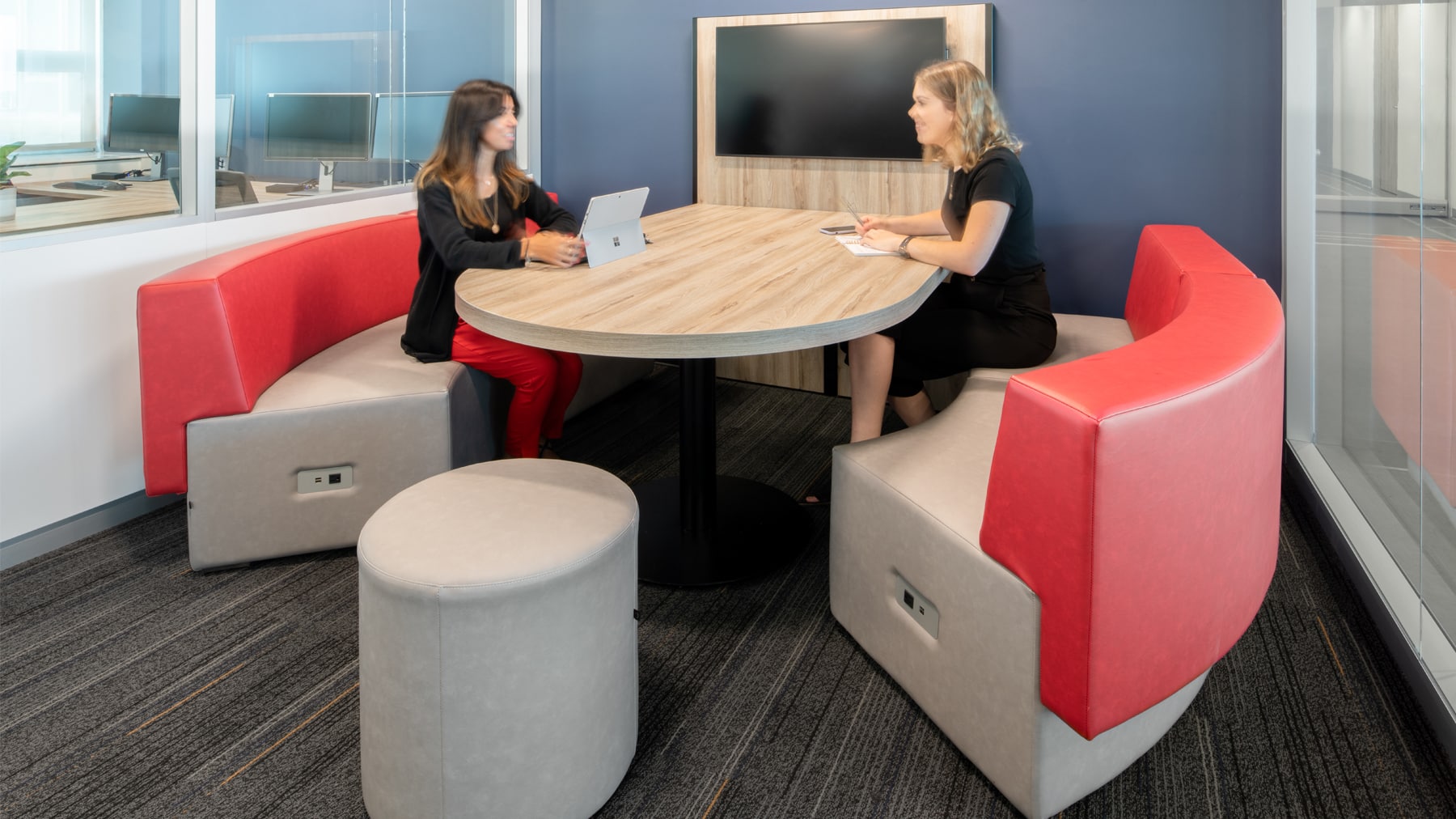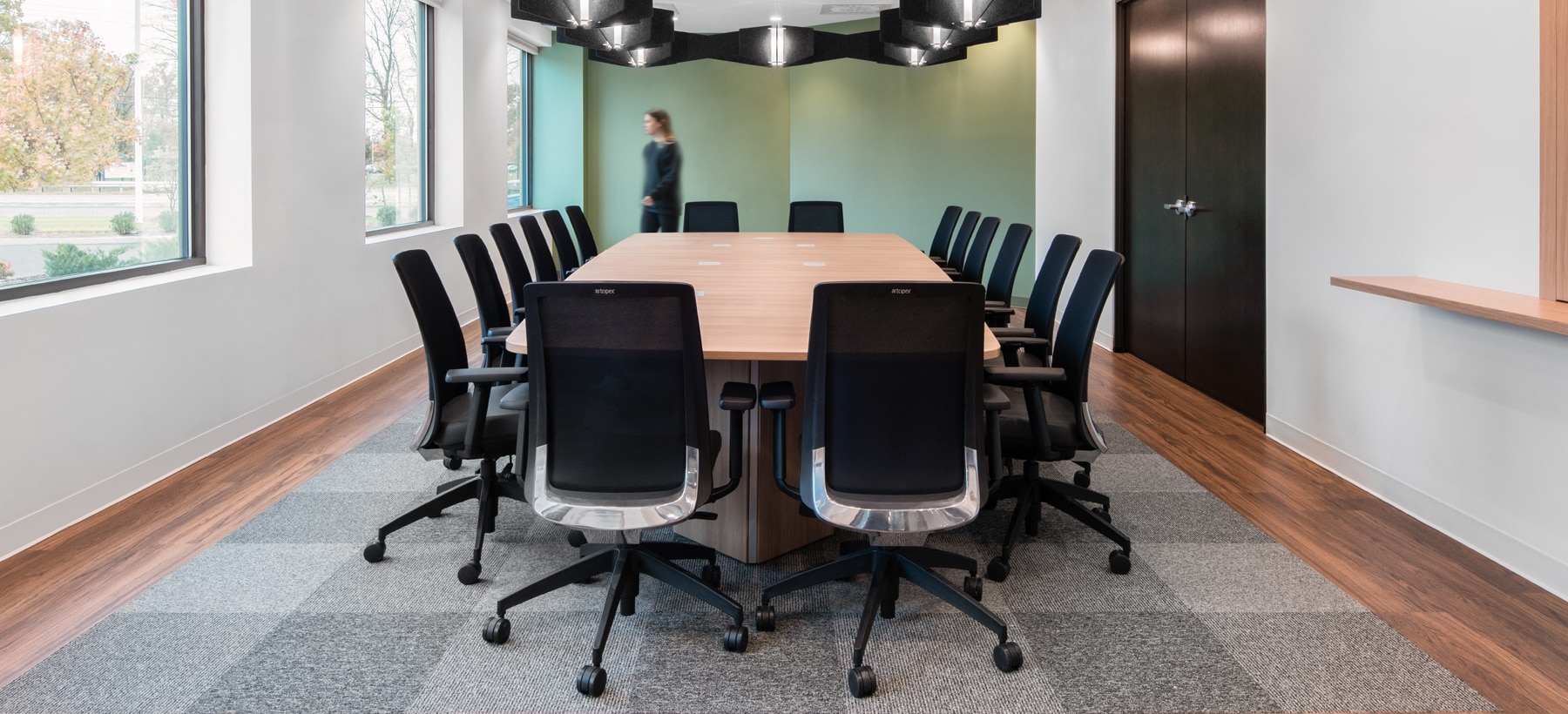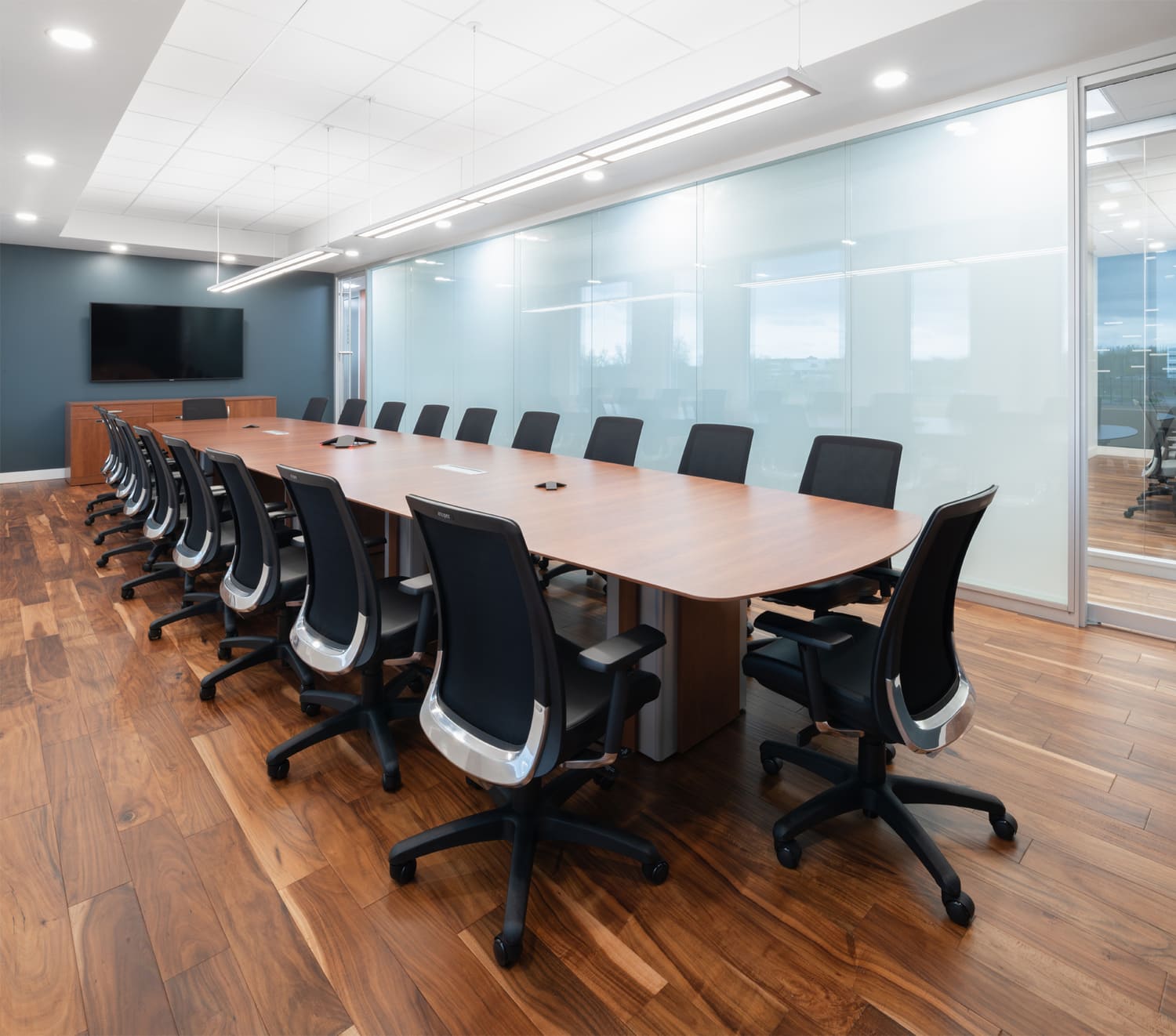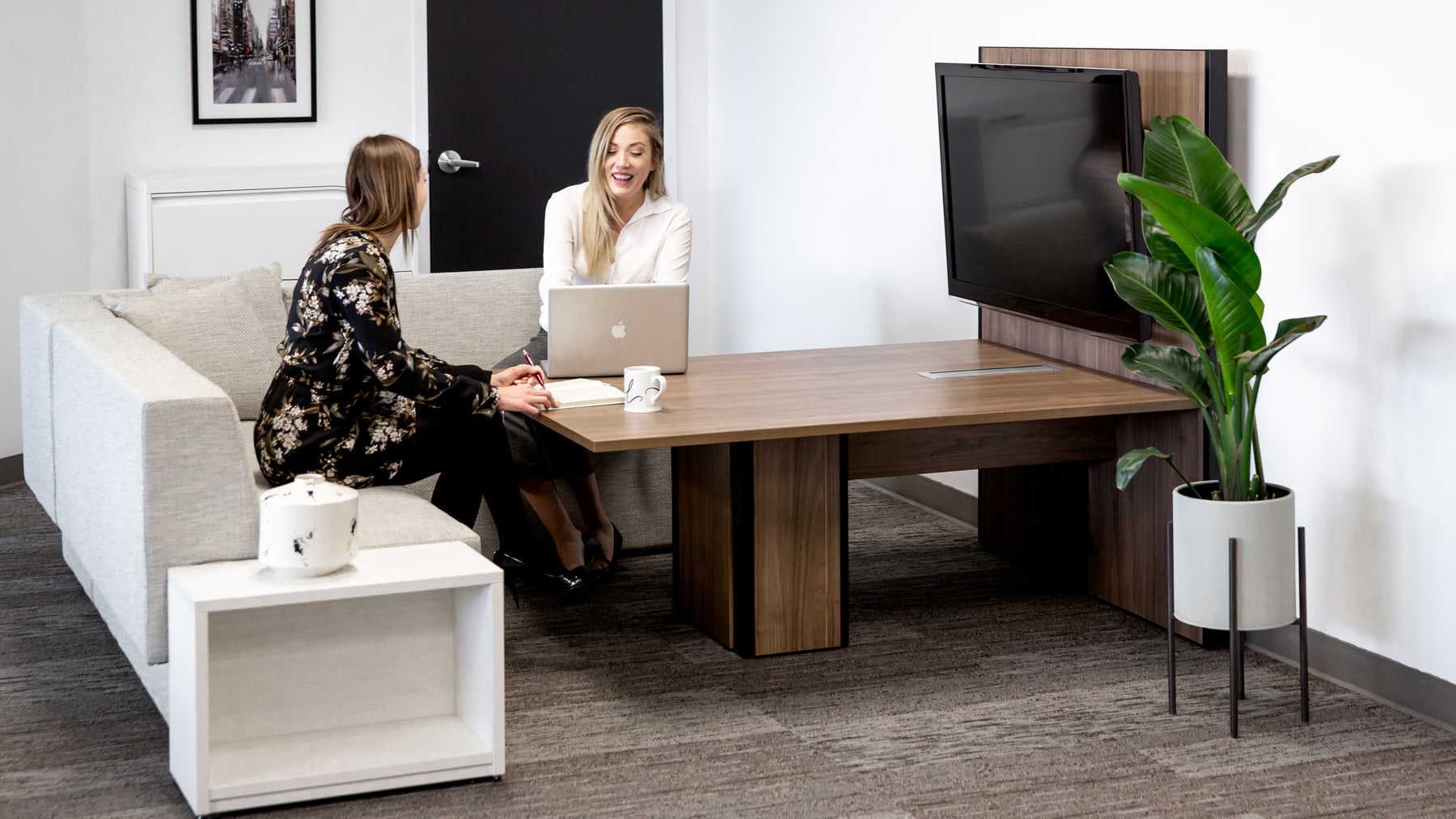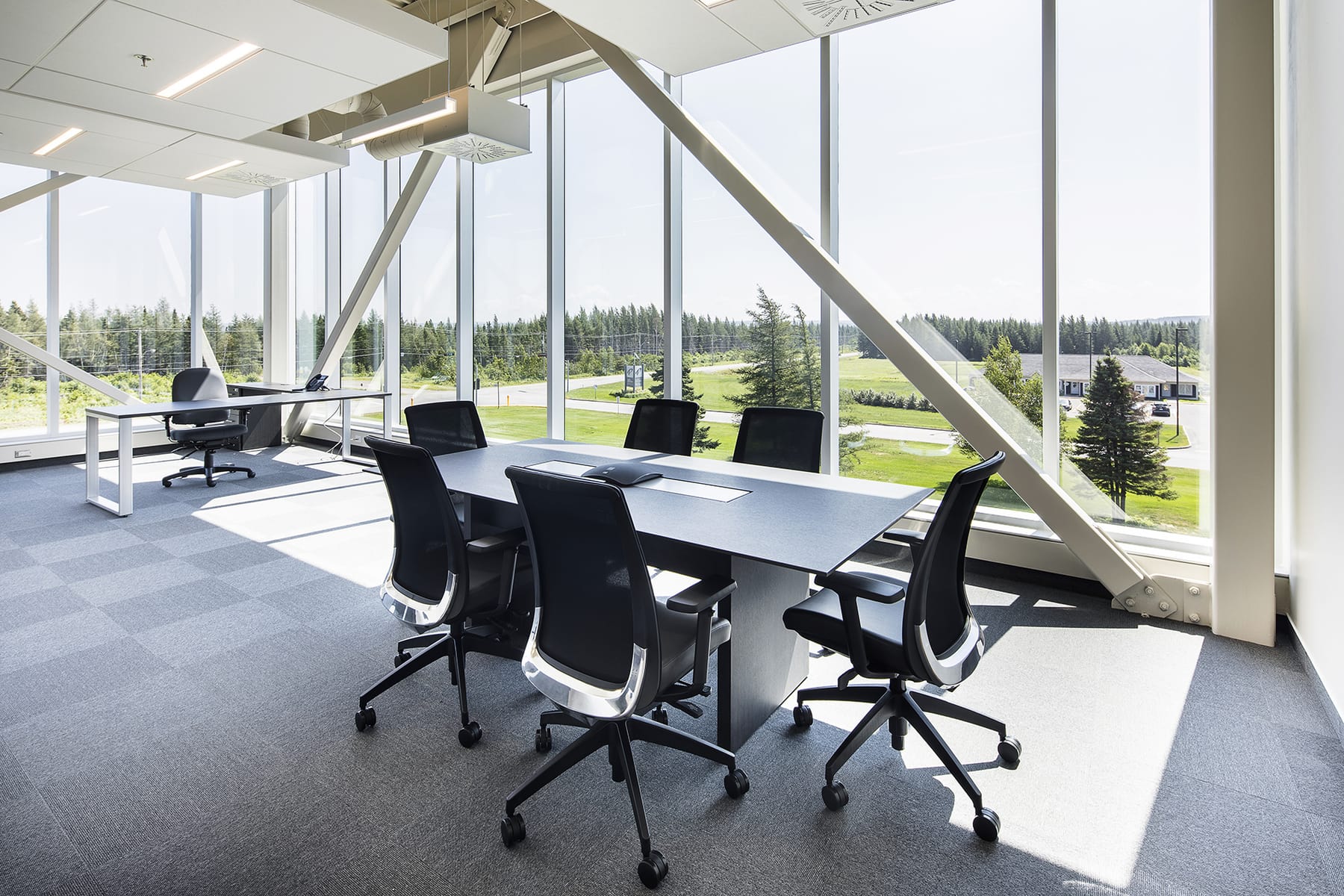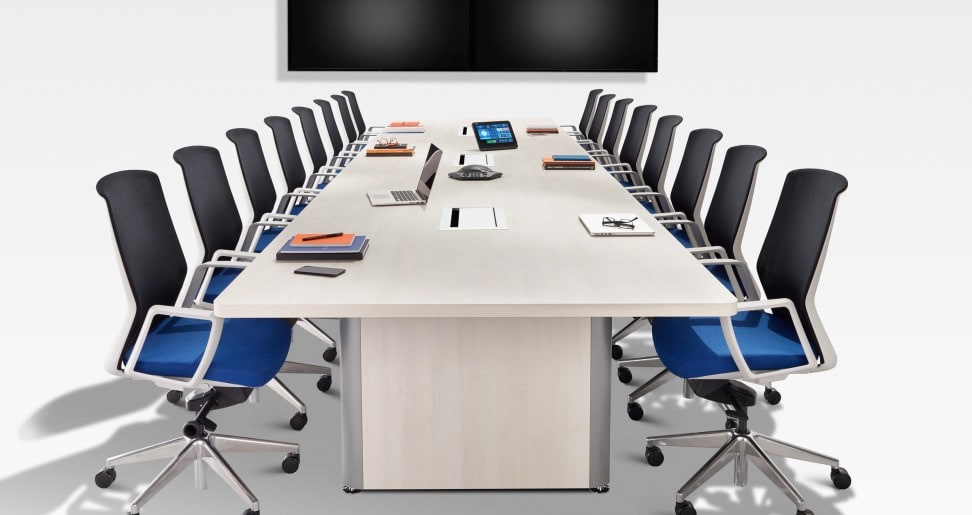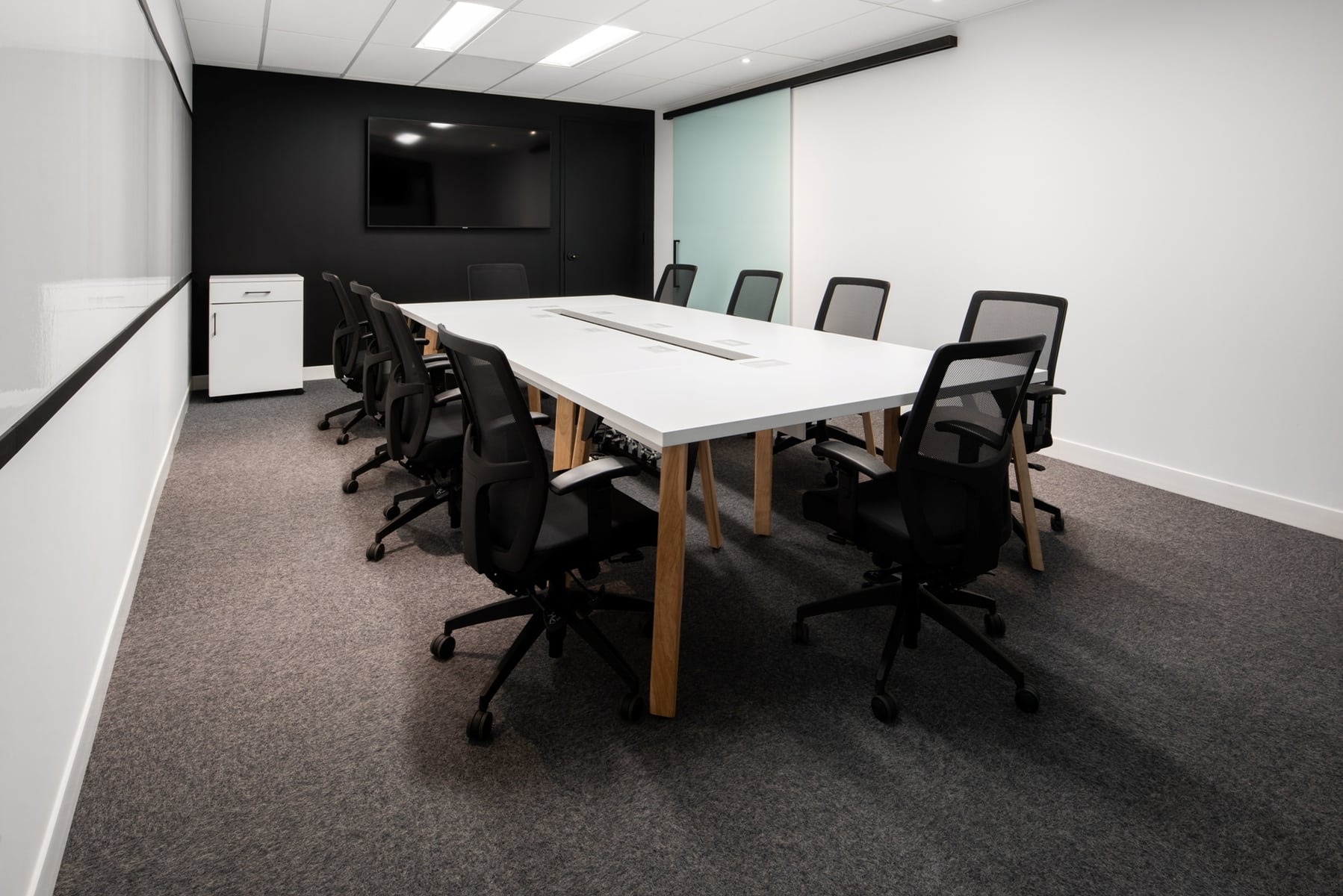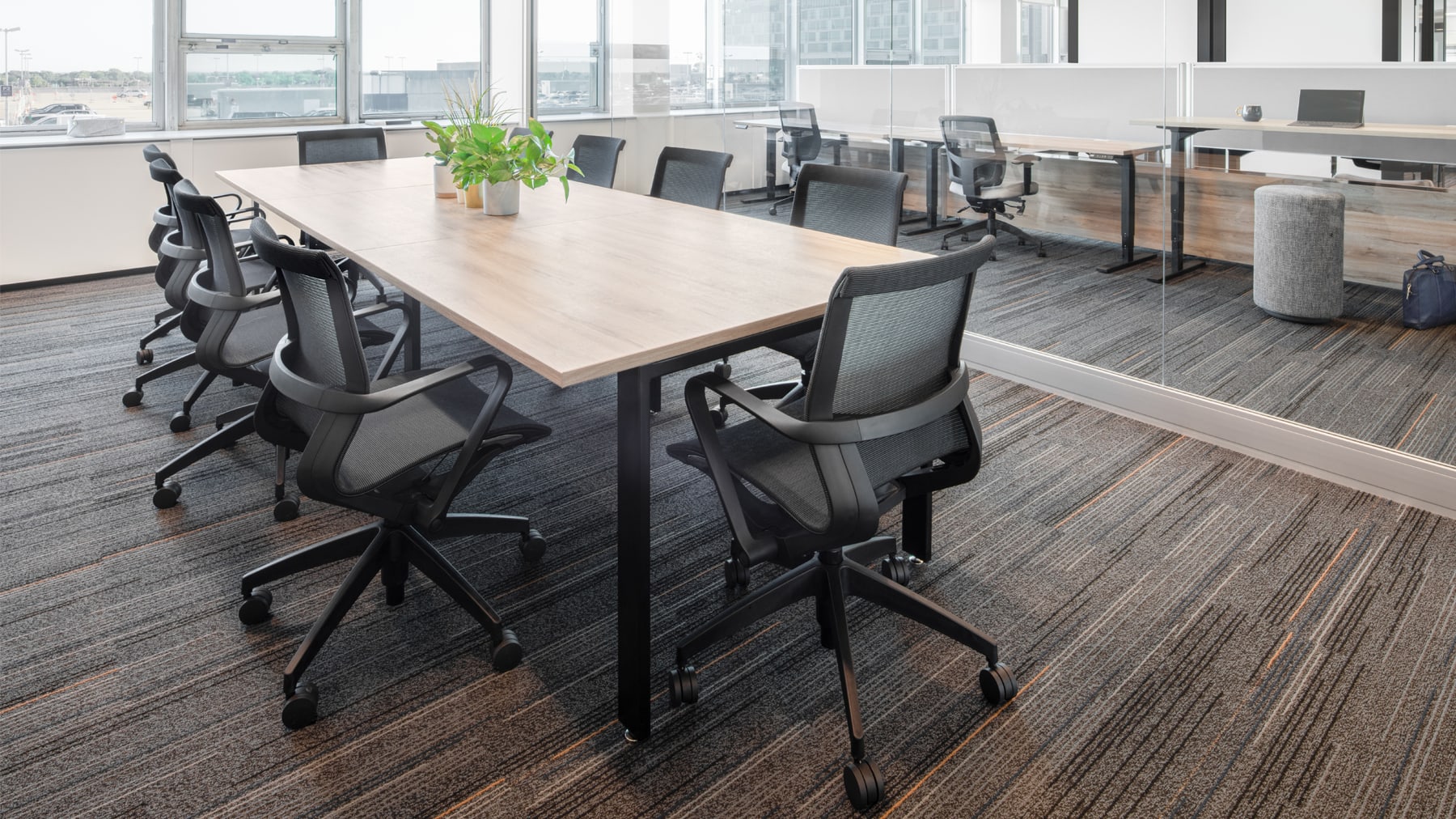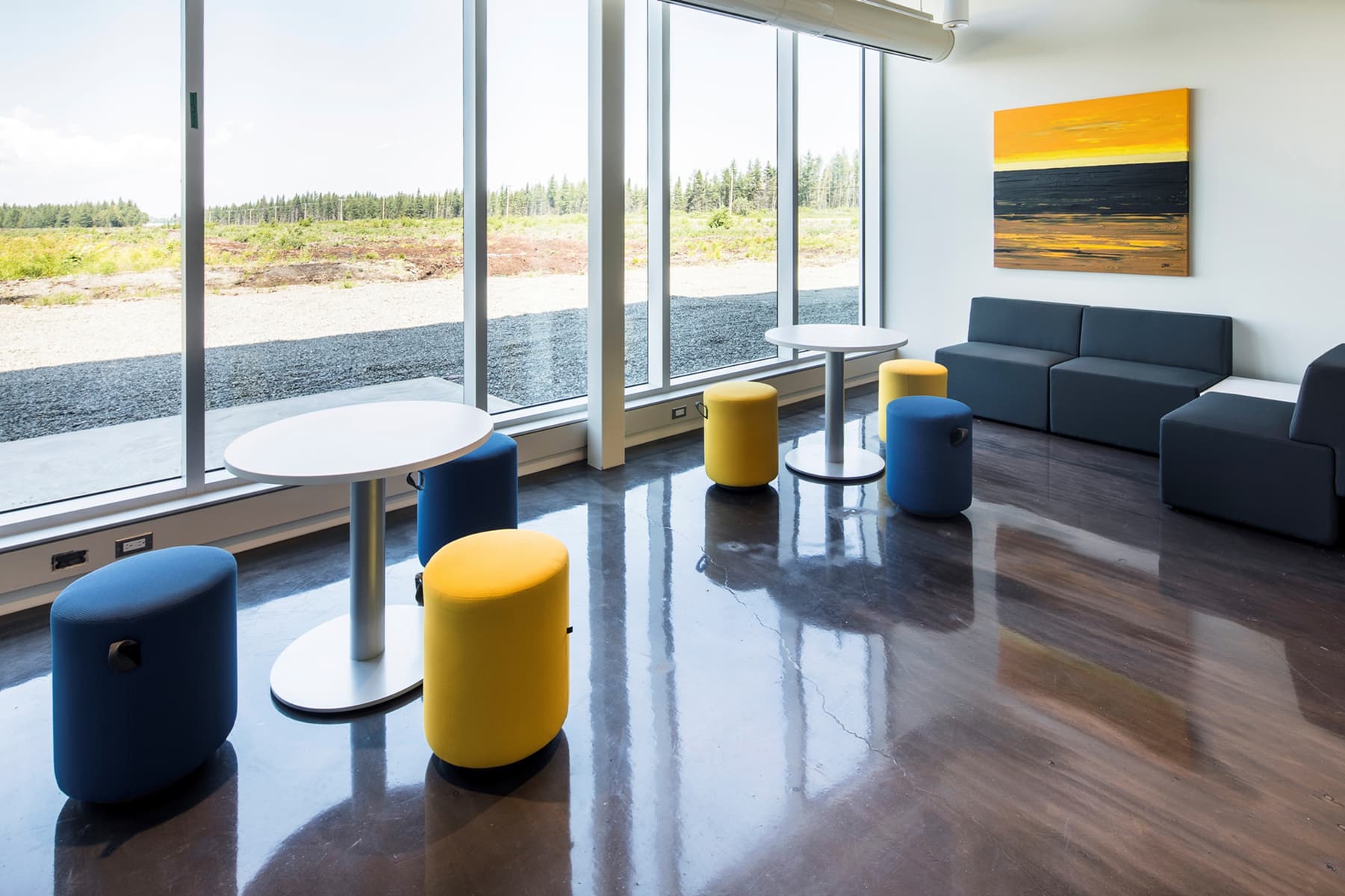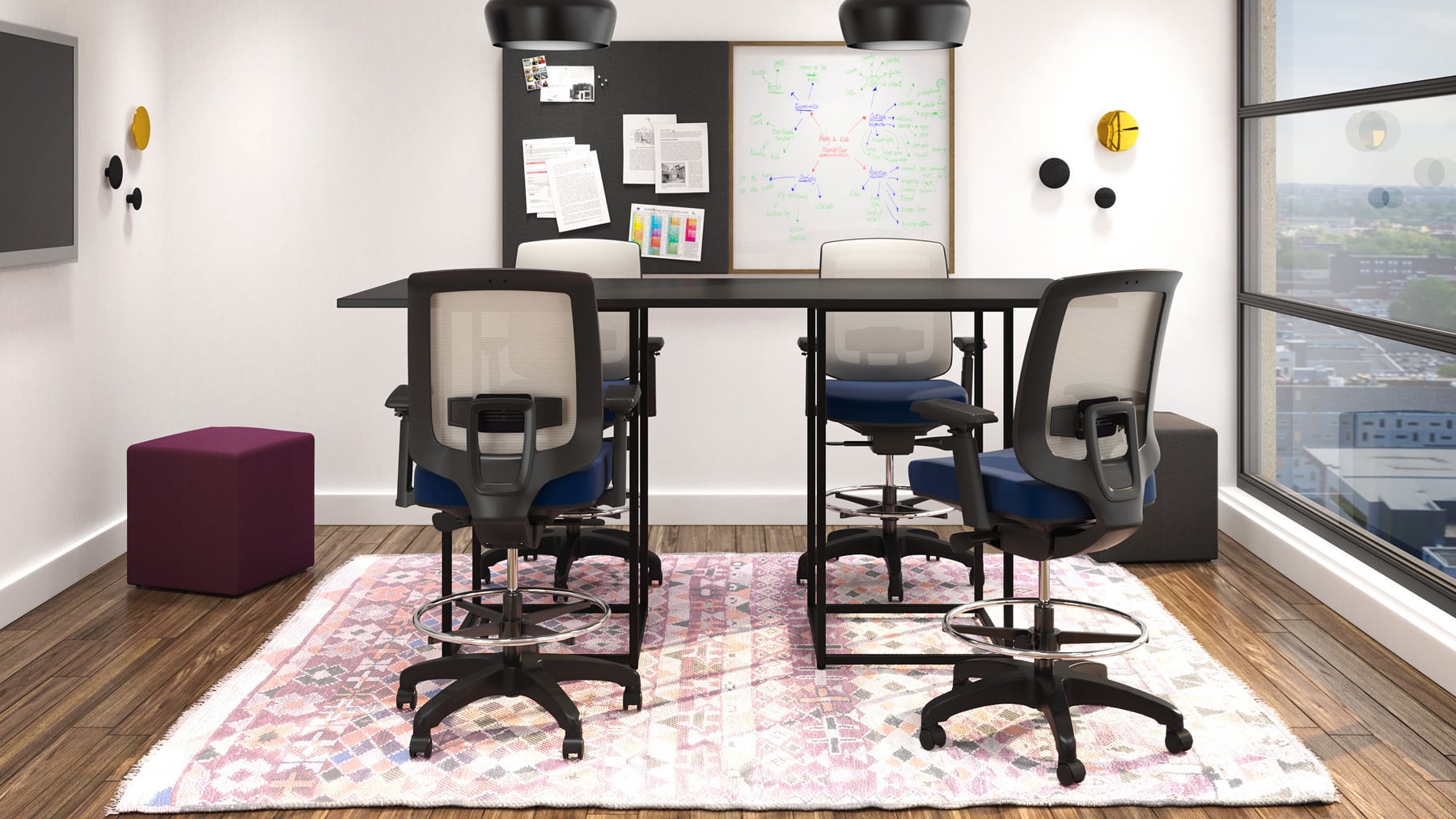Meeting and Collaboration
Collaborative areas within a workplace contribute greatly to the sharing of ideas and information. Ensuring that collaborative areas achieve their intended goals means selecting the right type of collaborative settings & tools for the right type of collaboration that you wish to encourage in the workplace. Each situation requires a different approach, but there are a few basic tips for planning and outfitting collaborative areas within a workplace.
Spaces should be designed around the type and amount of collaboration required. Is the work creative, problem-solving or knowledge transfer? Creative teams may need areas near their individual work areas, or they could need a space isolated from their individual space. Problem-solving, process-oriented teams may need collaborative areas in close proximity to their regular work area so they can access each other quickly to solve problems as they arise. Knowledge transfer activities may require that individuals have immediate access each other or require more formal meeting spaces that have readily available plug and play technology access within the collaborative spaces.
Provide different types of collaborative spaces to support various situations. Common areas such as open community spaces can promote informal and spontaneous sharing of information. Project rooms support ongoing collaboration for teams engaged in short- or long-term projects. Individual workspaces & workstations can be designed to support both individual work and collaborative work. Informal meeting spaces, when located correctly, will encourage spontaneous collaboration.
The product images provided are just a sample of the type of collaborative settings that can be created. Talk to one of our office furniture consultants to get other ideas and suggestions for products & design layouts to meet your design and function requirements.
Ready to find out more?
Drop us a line today for a free quote!


